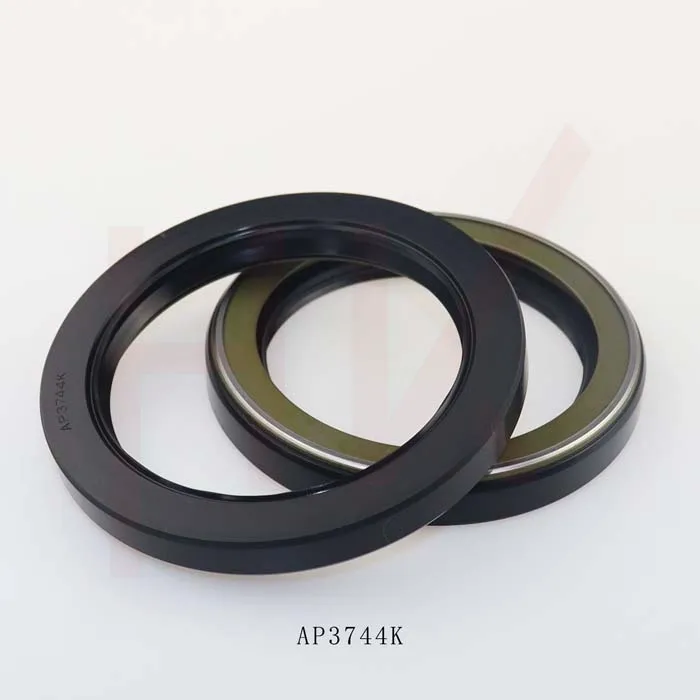11 月 . 01, 2024 03:26 Back to list
Understanding the Importance of Dust Wiper Seals in Equipment Performance and Maintenance
The Importance of Dust Wiper Seals in Machinery
Dust wiper seals, often overlooked yet integral components of various machinery, play a crucial role in maintaining the operational efficiency and longevity of equipment. These seals are designed to prevent dirt, dust, and contaminants from entering critical areas, particularly in hydraulic and pneumatic systems. By doing so, they help in preserving the integrity of moving parts and reducing wear and tear.
One of the primary functions of dust wiper seals is to act as a first line of defense. In environments where dust and particulate matter are prevalent, such as construction sites, manufacturing plants, or even agricultural settings, these seals prevent contaminants from infiltrating the machinery. The introduction of dirt can lead to increased friction, overheating, and ultimately, system failure. Thus, the efficacy of dust wiper seals directly correlates to the operational reliability of the equipment.
Additionally, dust wiper seals are essential for maintaining lubrication within the machinery. Many systems rely on oil or grease to keep parts moving smoothly. If contaminants breach the seal, they can mix with the lubrication, leading to dilution and decreased effectiveness. This not only accelerates wear but may also contribute to catastrophic failures. Implementing high-quality dust wiper seals ensures that the lubricants remain uncontaminated, providing optimal performance to the machinery.
dust wiper seal

Material selection is critical when it comes to manufacturing dust wiper seals. Common materials include rubber, polyurethane, and other elastomers, which offer flexibility, durability, and resistance to various environmental conditions. These materials need to withstand not just the mechanical loads but also the chemicals and temperatures they might encounter in their working environment. Choosing the right material significantly influences the lifespan and functionality of the seal.
Another aspect to consider is the design of dust wiper seals. They come in various configurations to suit different applications and equipment types. A well-designed wiper seal incorporates features that enhance its sealing capabilities, such as lip geometry and dynamic adaptability. These designs allow the seal to work effectively under varying conditions, ensuring that it remains intact and functional throughout its service life.
Regular maintenance and inspection of dust wiper seals are vital for ensuring their effectiveness. Signs of wear or damage, such as cracks or hardening, can signal the need for replacement. Timely intervention not only prevents potential equipment failures but also saves costs associated with repairs and downtime.
In conclusion, dust wiper seals are a fundamental yet often underestimated component of machinery. Their ability to keep contaminants at bay, maintain lubrication, and function effectively over time underlines their importance. Investing in high-quality seals and adhering to proper maintenance practices can lead to significant enhancements in machinery performance and reliability, thereby benefiting operations in the long run.
-
The Power of Advanced Sealing: High-Pressure Solutions for Modern Machinery
NewsOct.29,2024
-
Optimizing Machinery with High-Performance Oil Seals
NewsOct.29,2024
-
Maximizing Machinery Efficiency with Advanced Oil Seals
NewsOct.29,2024
-
Ensuring Equipment Longevity with Quality Oil Seals
NewsOct.29,2024
-
Enhance Equipment Performance with Quality Oil Seals
NewsOct.29,2024
-
Custom Oil Seals for Specialized Machinery Needs
NewsOct.29,2024
-
The Role of Wiper Seals in Dust Sealing and Oil Protection
NewsOct.20,2024
Products categories
















